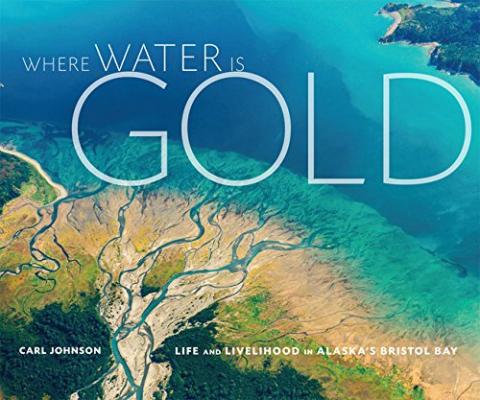This is a wonderful look at life around Bristol Bay, Alaska. While the bay’s waters are known as the foremost source of sockeye salmon, the mountains surrounding the bay are also sources of great mineral wealth, and therein lies a conflict. Carl Johnson’s gorgeous, and human, photography does a fine job of showcasing a way of life that may be threatened by the Pebble Creek mine that long has been proposed to dig into the landscape.
This mine would lie at the headwaters of two of the largest tributaries of Bristol Bay, and is directly between Lake Clark National Park and Preserve and Katmai National Park and Preserve. Fishermen, homesteaders, Native Americans, and fish and wildlife all depend upon this pristine area for life itself.
Individual chapters call for preserving a way of life, and are written by such notables as former U.S. Supreme Court Justice Sandra Day O’Connor, Erin McKittick, and Nick Jans. With words and images, this book showcases the people, animals, and landscape like no other book I’ve seen. The imagery is breathtaking: from a young moose running through a stream to a fisherman holding salmon roe, to dogsledders racing toward the finish line and to aerials of untouched mountain redoubts. This is the Alaska I know, and would like to preserve, now and in the future.
This is obviously a labor of love for Johnson, who has served as artist-in-residence for Gates of the Arctic National Park and Preserve, Rocky Mountain National Park, and Badlands National Park.
Published by Mountaineers Books, this 176-page book has a crisp layout and beautiful printing on a silky paper that will make you want to hold it in your hands. There’s a lot at stake at Bristol Bay, and it’s important to know what may be lost. Where Water is Gold shows what may be lost in the name of progress.







